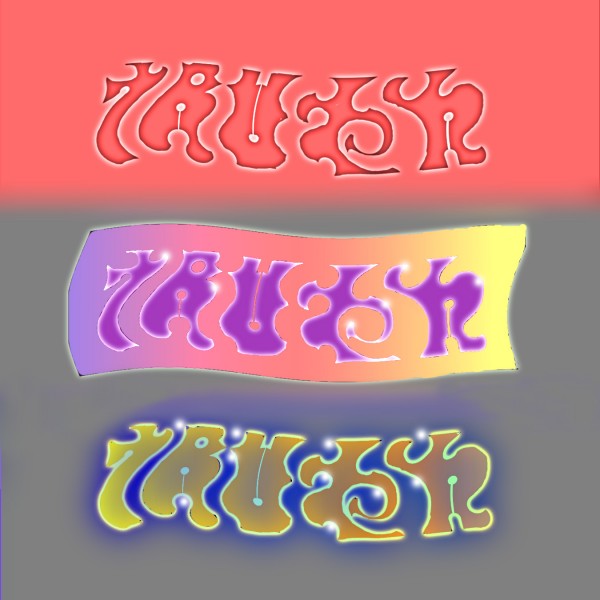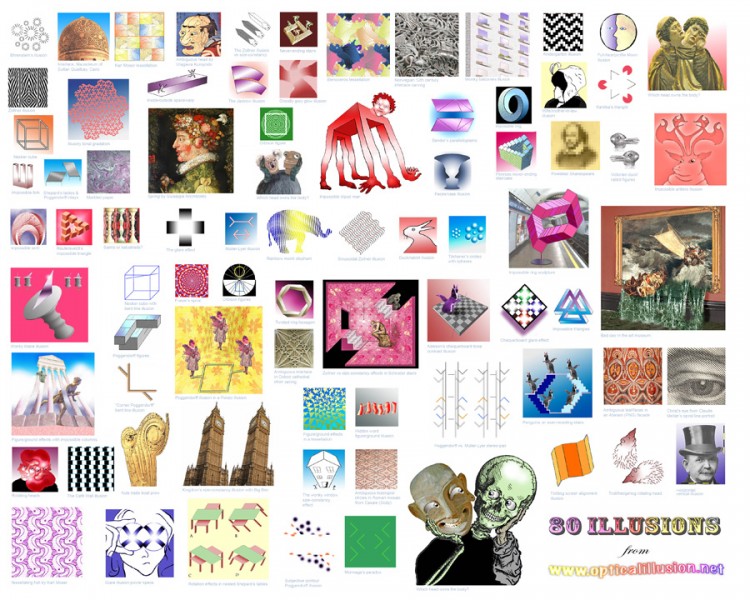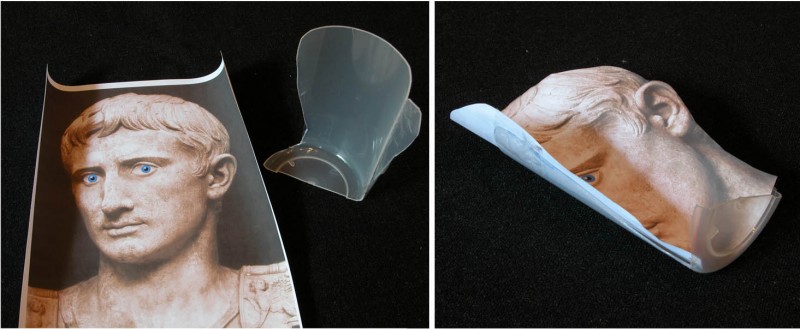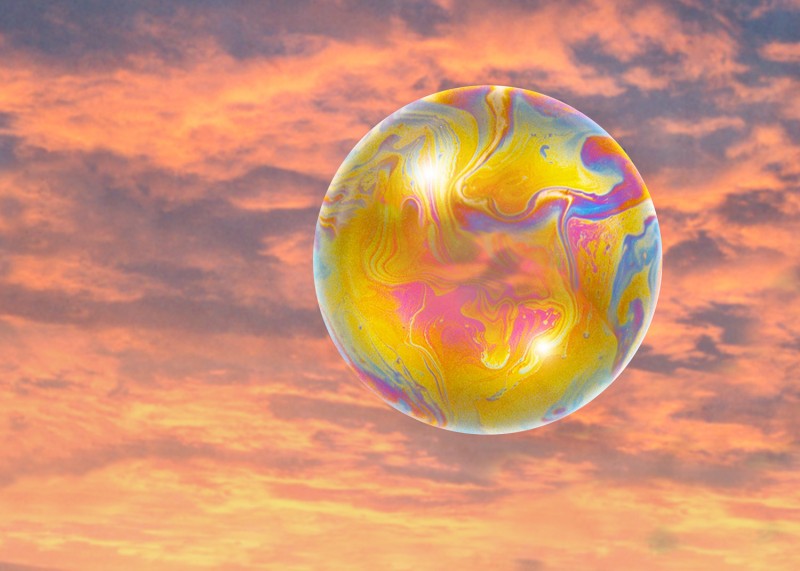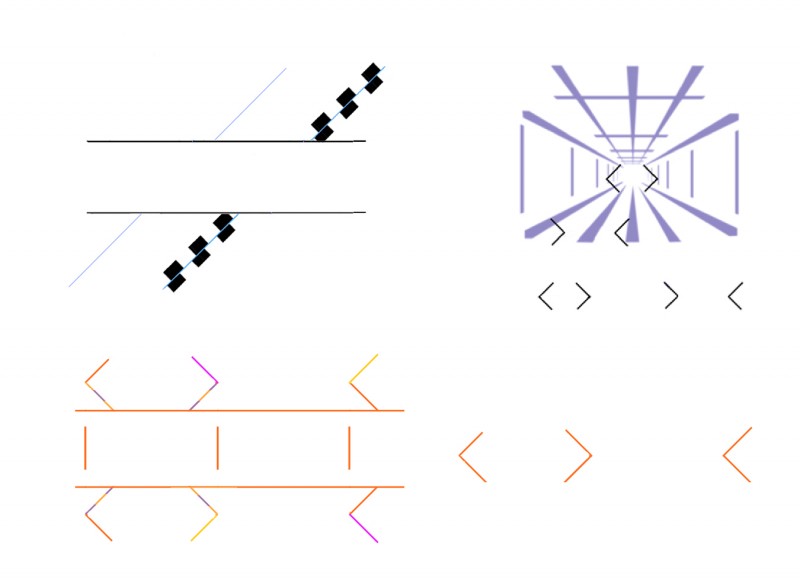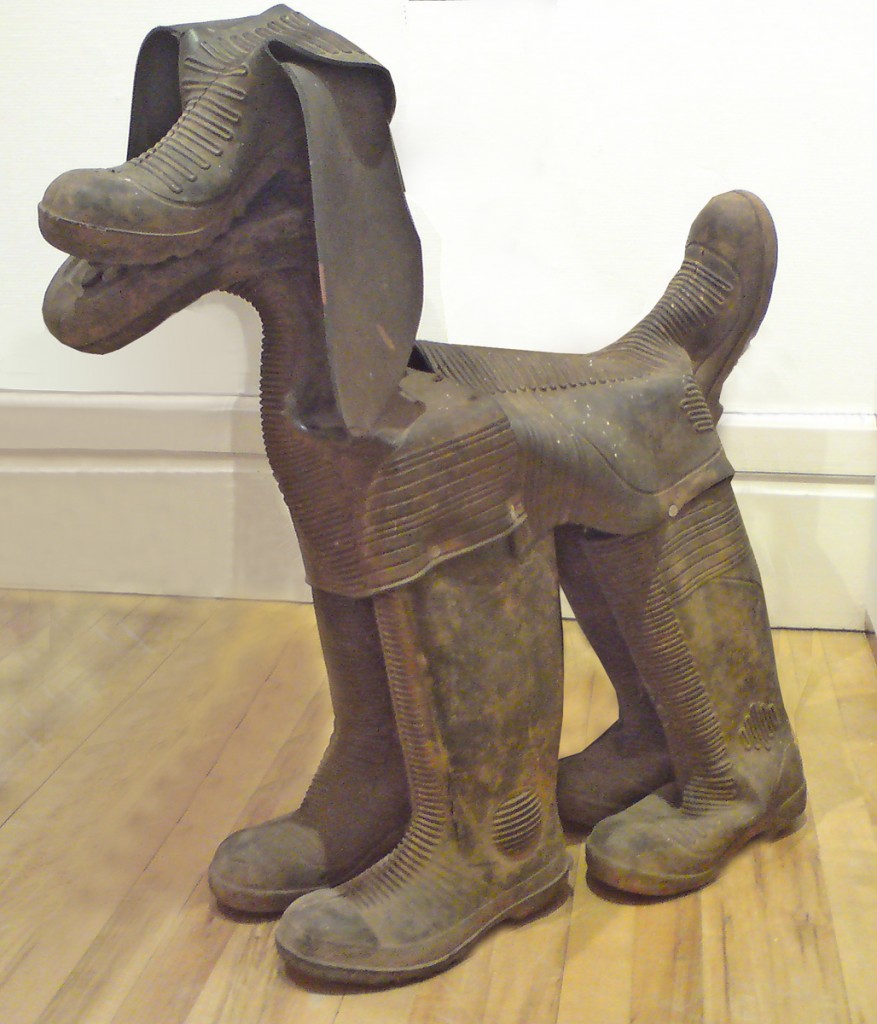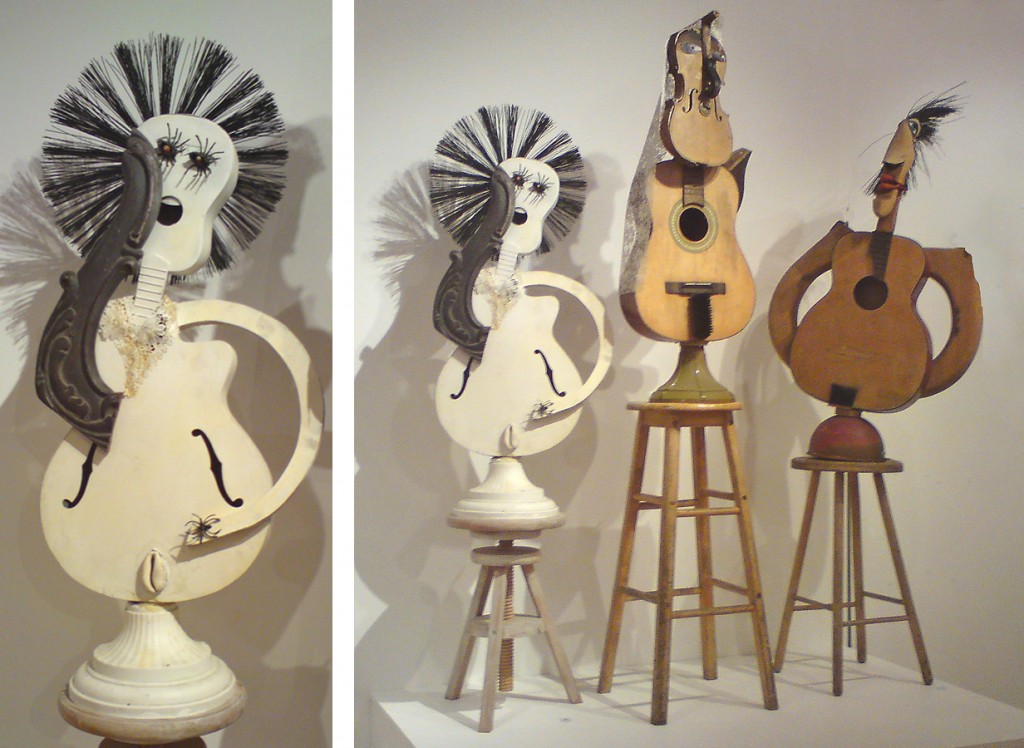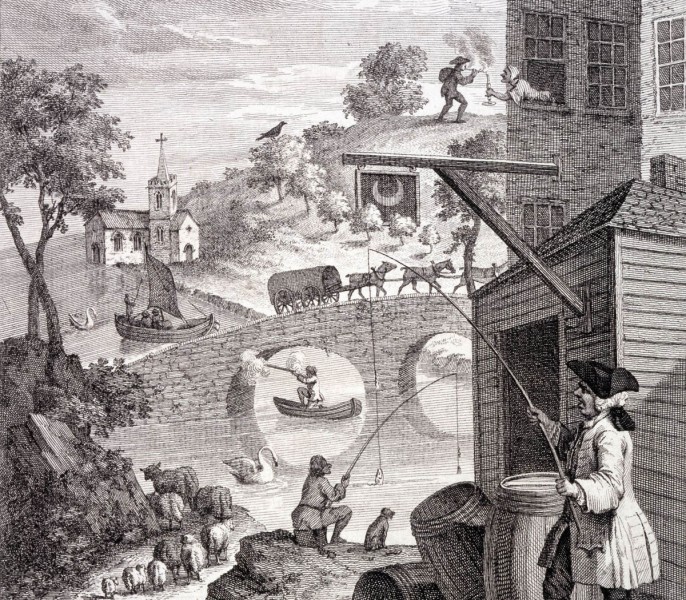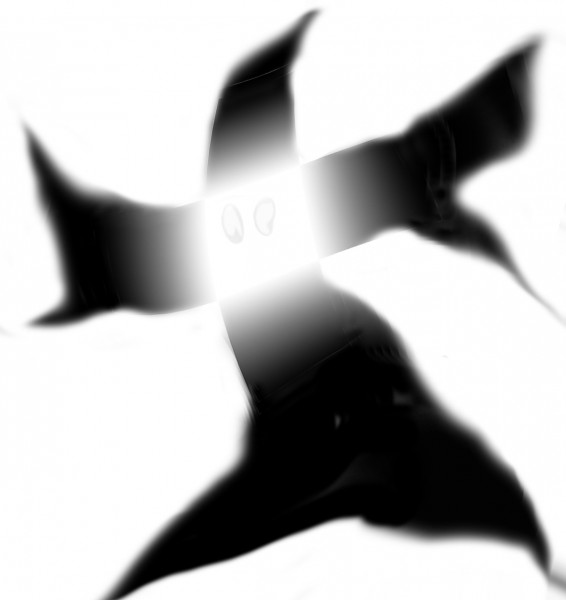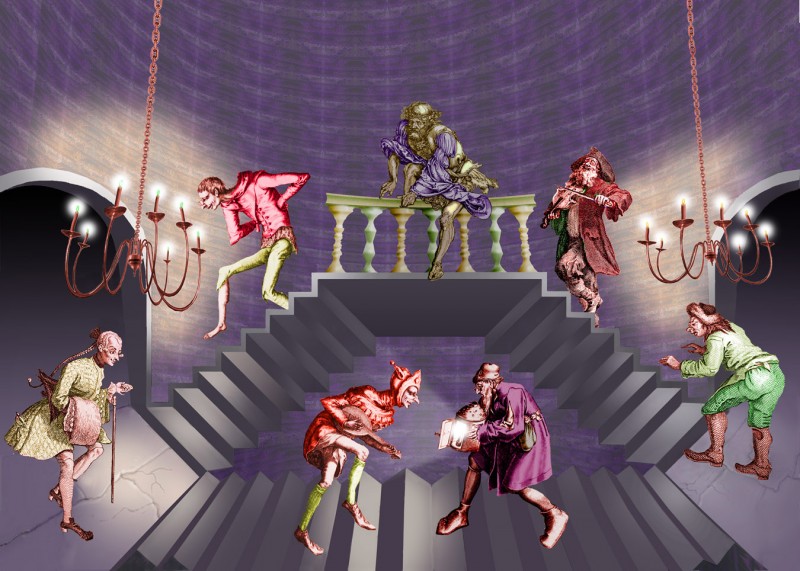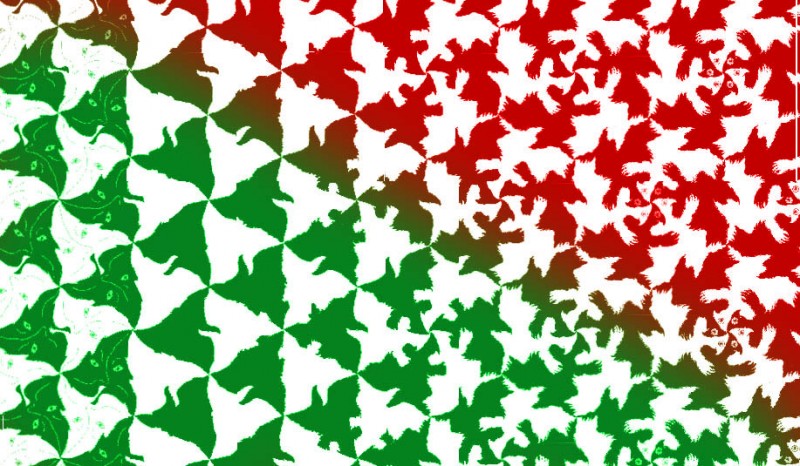A few weeks back the site got a load of US visitors from a link from a discussion on Reddit. Someone got caught out illegally downloading at college, and as a punishment had to produce a poster about the evils of pirating. The poster was to be inspected by the authorities and if approved, prominently displayed. So the reluctant poster artist put out a query: how can you do a poster that seems to say one thing, but when you look again says something very different. Whatever your take on piracy, (there is a vigorous exchange on the reddit site), the poster problem is an interesting one. I mean, any of us might need to do a subversive poster someday. Someone responded that pixelation might be a way to do it, and linked to our pixelation post.
I reckon that would in practice be a really hard way to do it. Maybe a better way would be by using word combinations that are figure/ground ambiguous, like the Truth/Lies combination shown. It would still be mighty risky though, if your effort was to be inspected, because it’s hard to tweak the ambiguity just so, leaving the subversive message hidden – but not invisible. I tried a couple of tweaks above, trying to get a balanced result at top, to push out Truth in the middle, and Lies below. I haven’t managed to get the recessive message hidden enough yet – not if my freedom depended on it – but maybe you can do better.
Note added at August 3rd 2o11! I’ve come up with a tweaked version of this word pair. (Scroll down to the bottom of the link).
There are some clever examples of this kind of ambiguity on John Langdon’s site.
